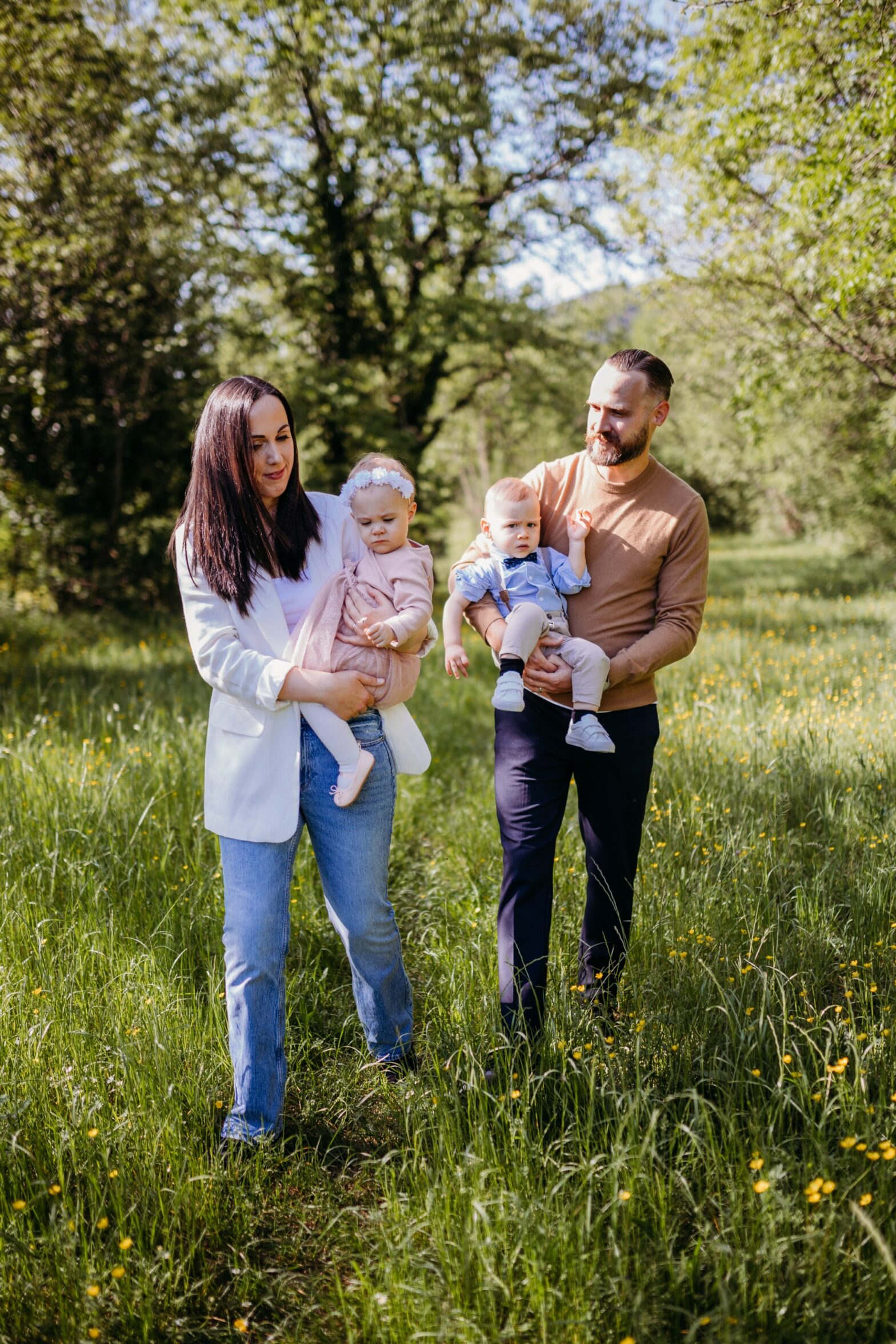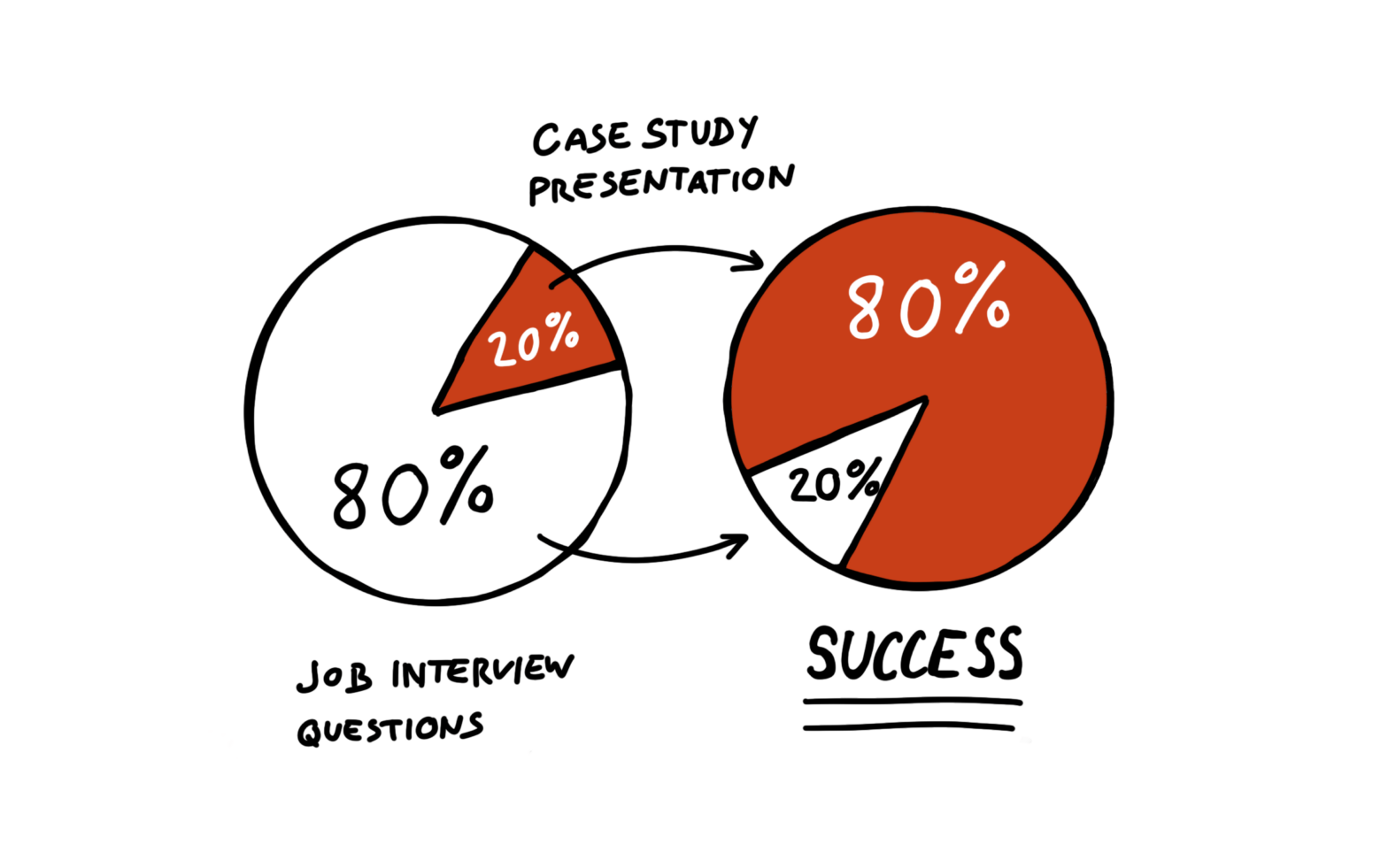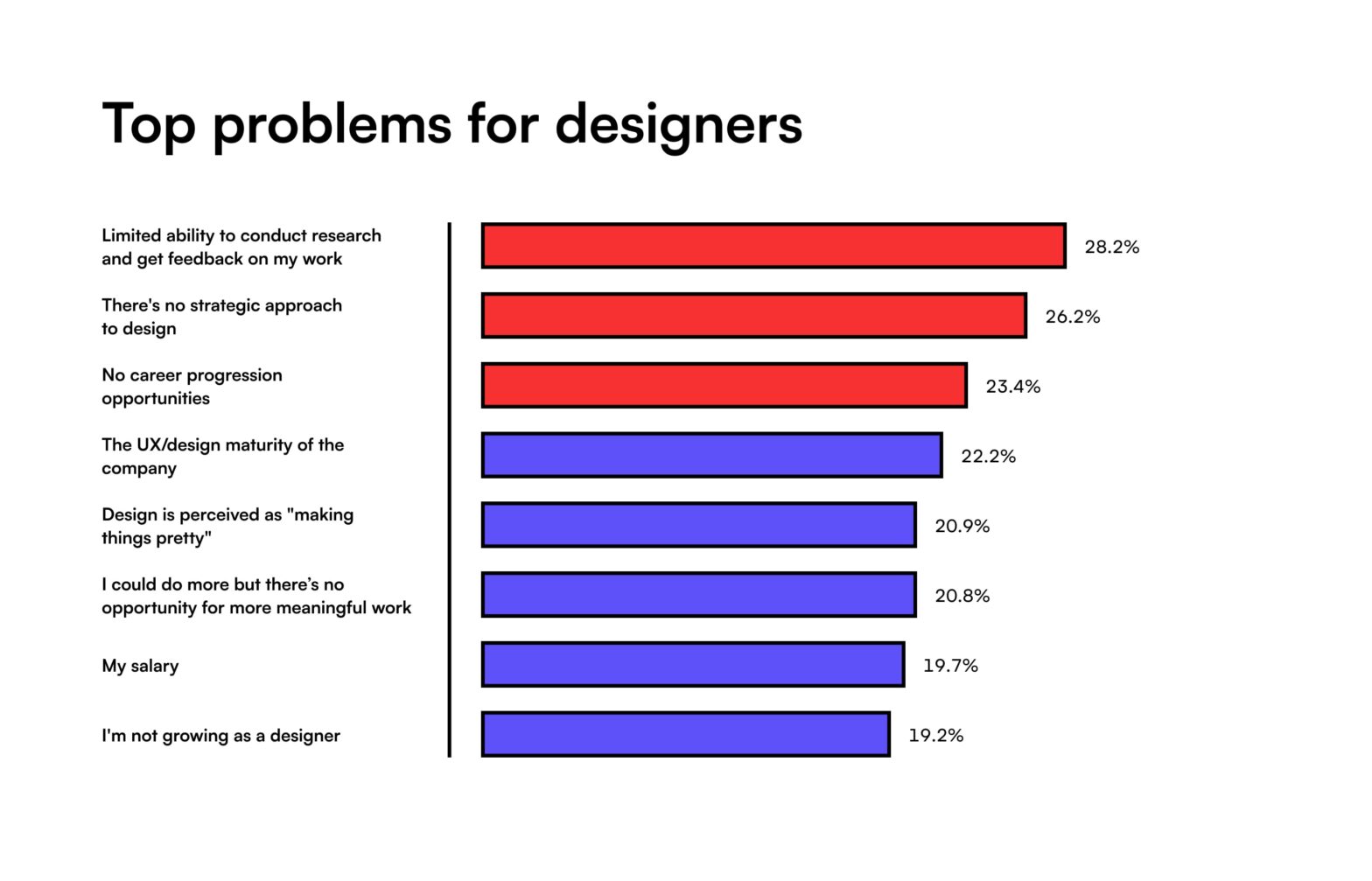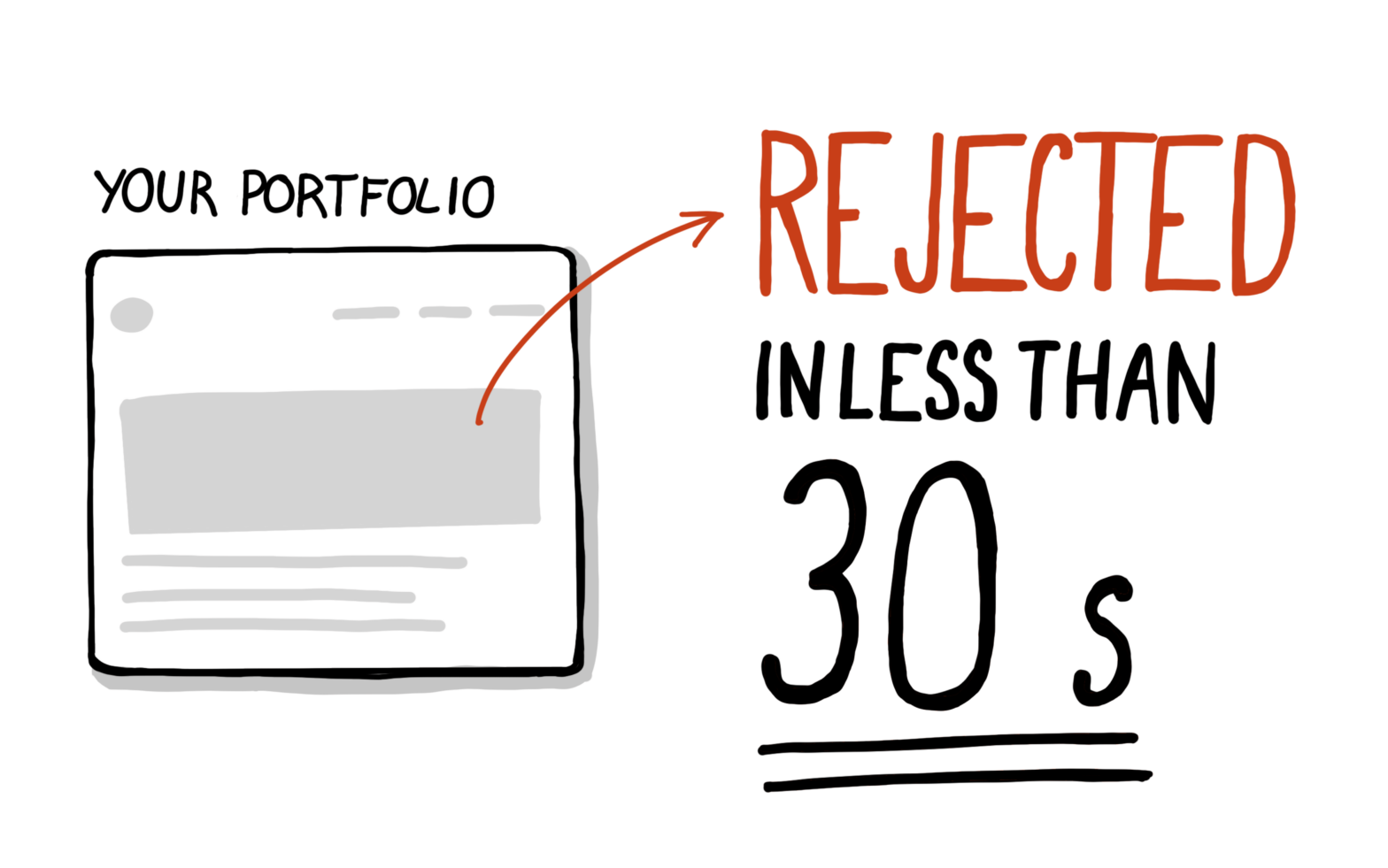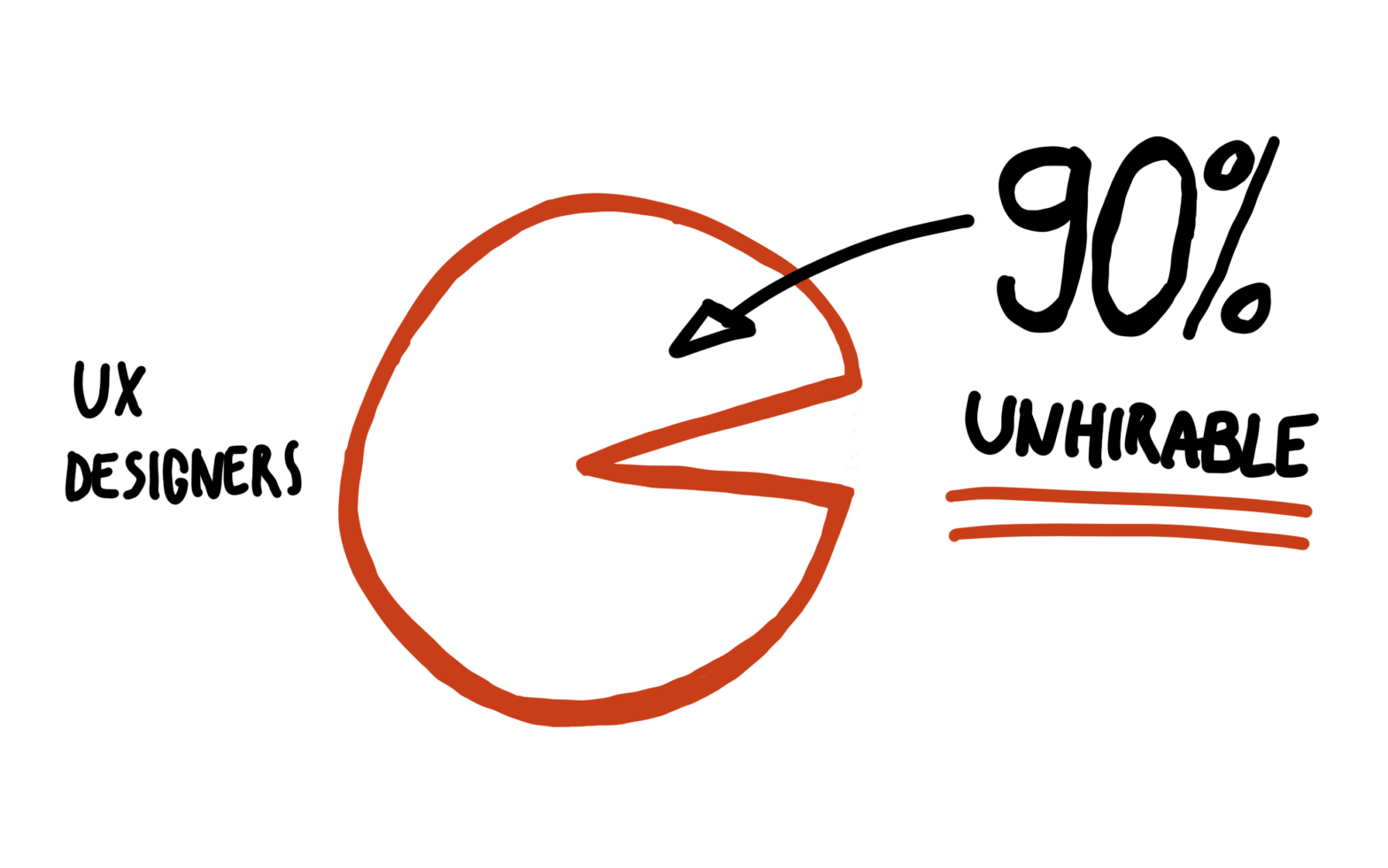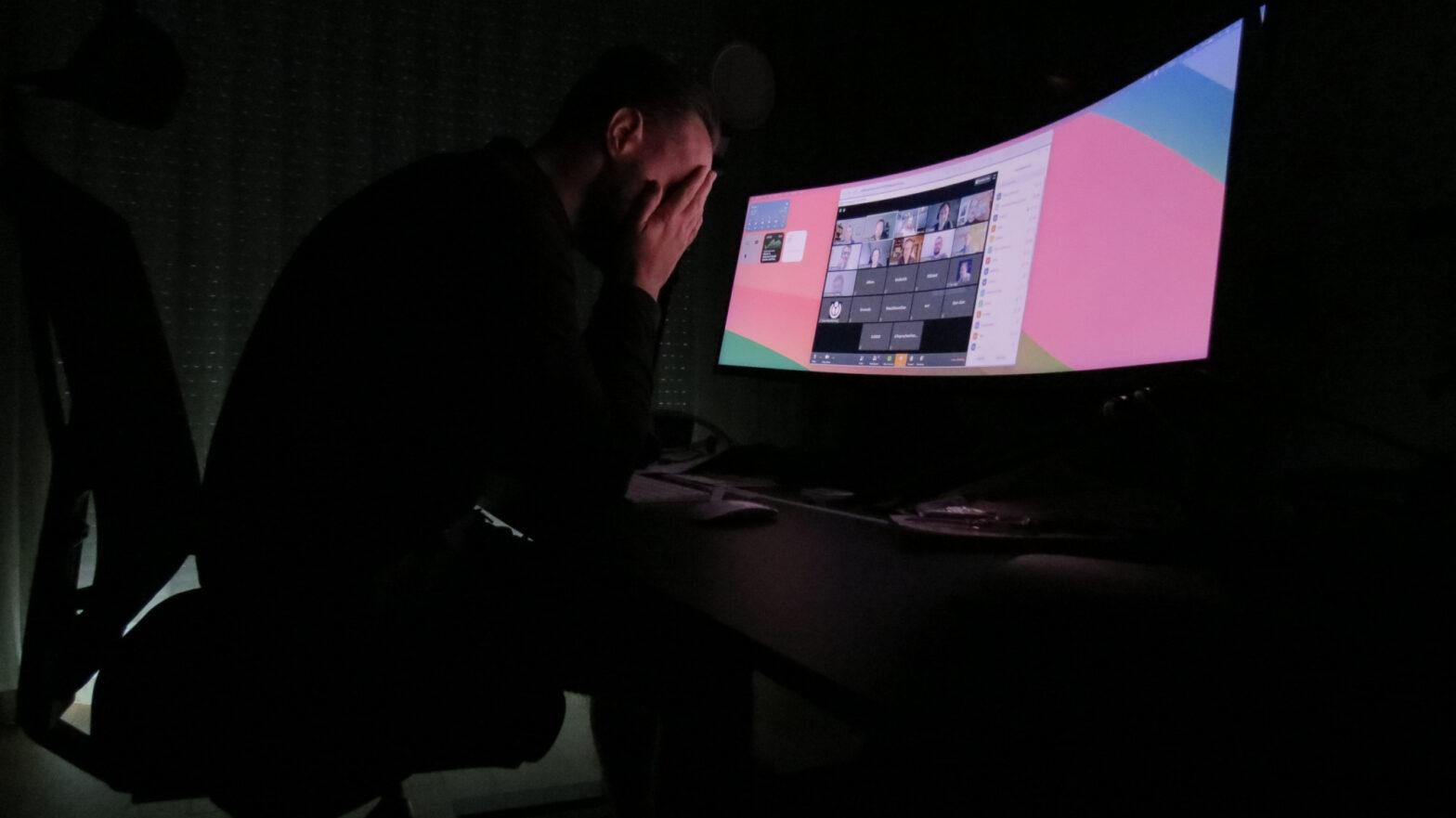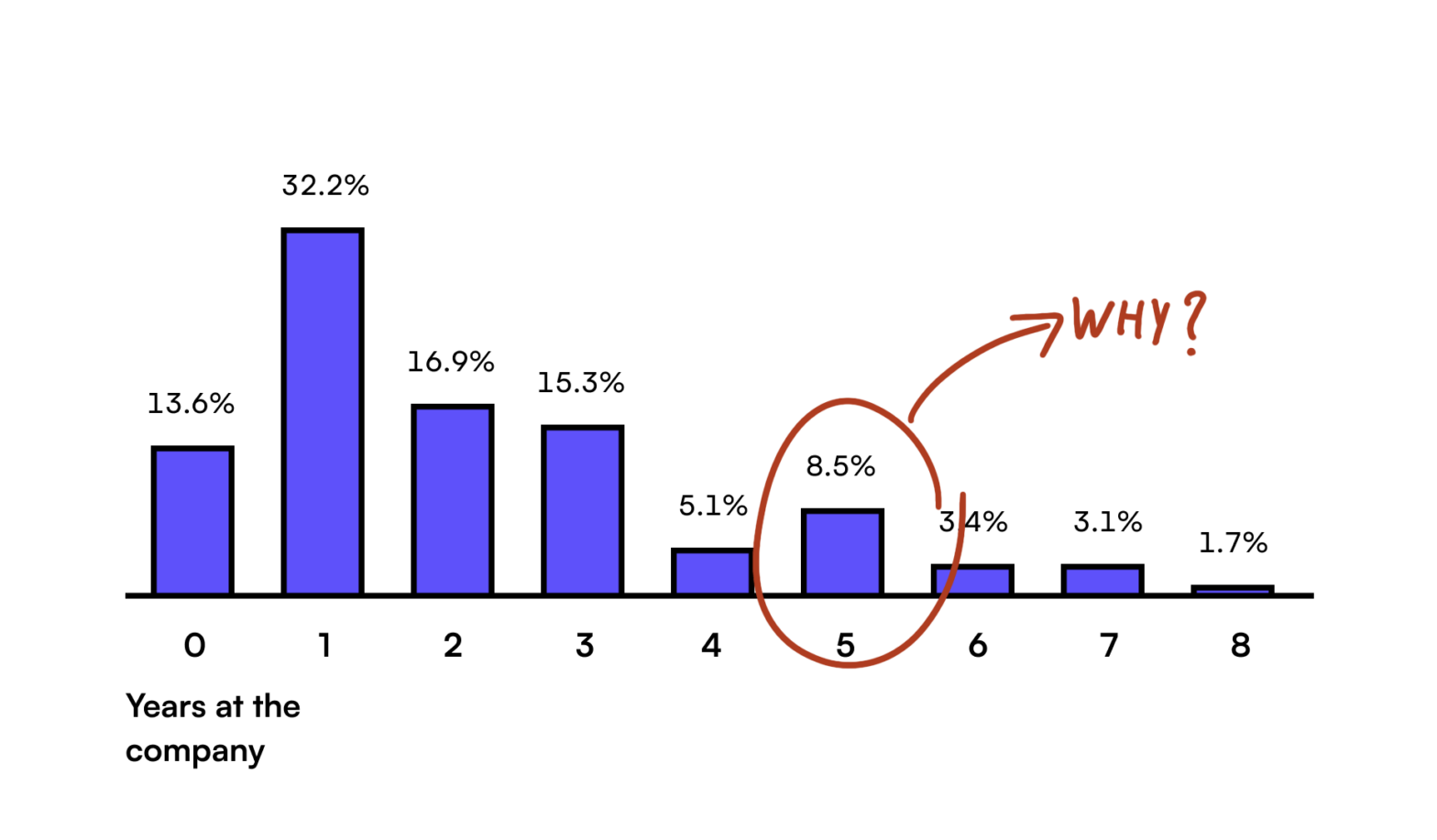I’ve been thinking “This is probably the hardest year in my life so far” for a couple of years in a row now. Something happens every year to make it harder than the one before. This year was no different.
Category: Blog
The 80/20 rule in design job interviews
Why you rarely make it past the case study presentation and how to fix it One warm, Italian, summer day in August 1907, Vilfredo Pareto noticed something odd in his garden — some pea pods produced more peas than others, no matter what he did. Being a curious polymath, he inspected the peas closely and… Continue reading The 80/20 rule in design job interviews
Designer engagement report
Top 3 problems for designers: no research, no design strategy, and no career progression It’s been a horrible year for design. Mass layoffs from 2023 continued and got even worse. AI is threatening to take creatives’ jobs, designers need to go through up to 11 rounds of interviews to finally land a job. Once they… Continue reading Designer engagement report
Only 30 seconds to reject your portfolio?
Common mistakes designers should avoid to make the first cut in UX hiring I didn’t make that number up. I was probably too generous, it’s even lower. Some sources suggest that recruiters and hiring managers spend around six seconds reviewing job applications from candidates. After hours you invested in writing and polishing your case studies,… Continue reading Only 30 seconds to reject your portfolio?
90% of designers are unhirable?
By “linear design process” I mean cookie-cutter case studies that always read the same. The designer learned about a problem, conducted user interviews, created user personas, proceeded to sketches, then mockups and wireframes, made everything beautiful through visual design, created a prototype, and tested it with five users. Everything was perfect so they also created a design system which is not a design system but a style guide. But they call it a “design system” because it’s trendy and a keyword for the recruiters.
How my dream design job turned into a nightmare
There I was, sitting in the dark, behind the messy desk in my unfinished home office, head in my hands. The only light in the room was coming from the screen in front of me, I was in another late afternoon meeting, hiding behind my avatar.
2023 year in review
I’ve been thinking “This is probably the hardest year in my life so far” for a couple of years in a row now. Something happens every year to make it harder than the one before. This year was no different.
Why designers quit (2023 report)
Not surprisingly, the layoffs were the biggest reason why designers lost their jobs in 2023. Compared to 2022, where only a fraction of them stated that they were let go, 14.3% of this year’s participants said they were laid off.
Designer layoff stories
Retaliation, targeted eliminations, legal disputes, and other horror stories from the tech industry
4 important questions you need to ask in UX design job interviews
Try to put yourself in my shoes. I discussed a project that I’m passionate about and shared my thoughts and asked questions trying to find out if a collaboration with you makes sense. I was trying to see if you’re as passionate as I am, but so far, I failed to recognise that passion despite your answers being generally good.
